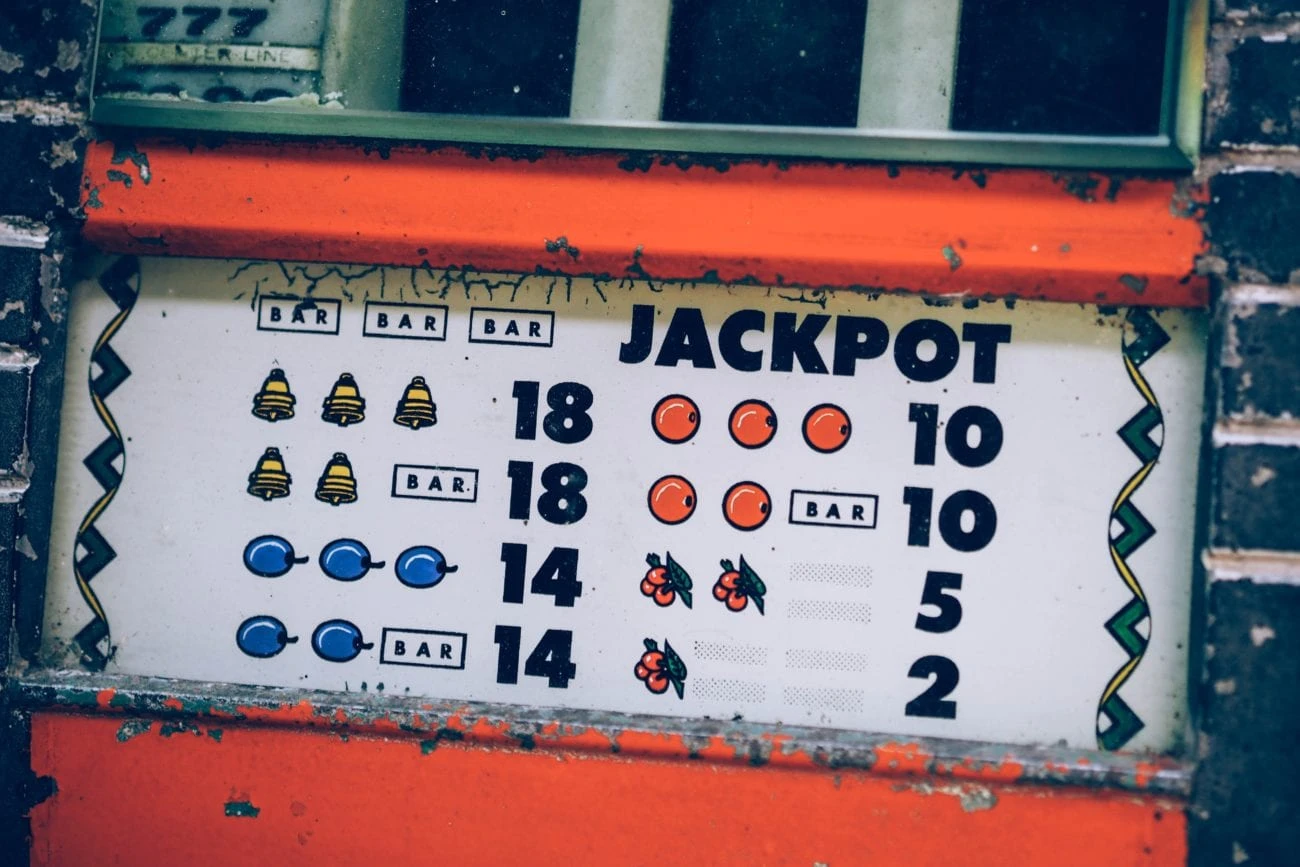First lessons in slots: Lessons #4 to #6

Lesson #4: Sitting with mathematicians
During my three years working for Playtech, I was placed in the mathematicians’ room. I heard them solve three years’ worth of problems on features for more than 80 slot games. I learned how math works, not just from an overview, but digging deep into every problem.
That allowed me to get the true basics of how the cogwheels work behind the game itself. Understanding the most basic cogwheels allowed me to invent features I couldn’t in other ways, to explain things to mathematicians later on in my career (although I’m not one) about how things could be done, and to help them when they’re stuck.
That also allowed me to explain the cogwheels themselves to new companies that had no understanding at all of how slots work, and to even help out veteran companies that did not even know they lacked knowledge in one specific feature.
In any field – not just slots – it is invaluable to understand how the cogwheels work. Invaluable.
Lesson #5: Rifts within companies
When I came in to work at my first client after working for Playtech and Playtika, they asked me for something simple.
They were new to slots (real money) and wanted an overview of what features slots have.
I prepared a big presentation and started giving them a review of common features. Within a few slides, the CEO and the CTO began an argument that would last through the next hour.
The CEO wanted no fancy features at all, because that was his vision of the company: Simple, easy, fun games. The CTO wanted to slowly build up the repertoire of the company.
After more than an hour I had not got through the first fifteen features.
Over the next year I found out that in spite of the basic crack within the company about what it represents, the CEO and CTO maneuvered the crack by having each one of them win slow wins over time to advance his own agenda.
That is not a good way to build a company. Big cracks like this have to be dealt with.
Lesson #6: The Game where you can’t lose
Early in my career I invented a new concept of a game where every spin wins. Needless to say, most wins would be under the bet. That is how slots worked. A mathematician created the math, I hired a graphic designer, and it was done.
This was the game that made me see where the concept of ROE (Rate of Exhaustion) came to me.
In a game where every spin wins, you would necessarily lose money less quickly than in other games. The overall RTP was around 97% if I remember correctly, but the player would lose the money so slowly in the first drafts of the math that it looked like the RTP far exceeded 100%.
In Playtech and Playtika I could see clearly that players can tell if you add or subtract 0.5% to the RTP.
What I realized now was that the players notice the Rate of Exhaustion and not the RTP. A lower RTP on the same game supposedly means you lose your money faster. A higher RTP means you lose your money slower, on the whole.
But you could have low RTP games with high ROE numbers that feel like they have RTP that’s over 100%.
From that point on I researched the average ROE for good games. Then I could even decrease the RTP while increasing the win frequency and keeping the ROE the same. The casino makes money from the ROE, not the RTP and the players enjoy the ROE thinking it’s the RTP.
Guy Hasson worked for Playtech for three years before becoming Playtika’s content manager, responsible for the content of Slotomania and Caesars Casino. He is now a social slot consultant, specialising in game popularity.
